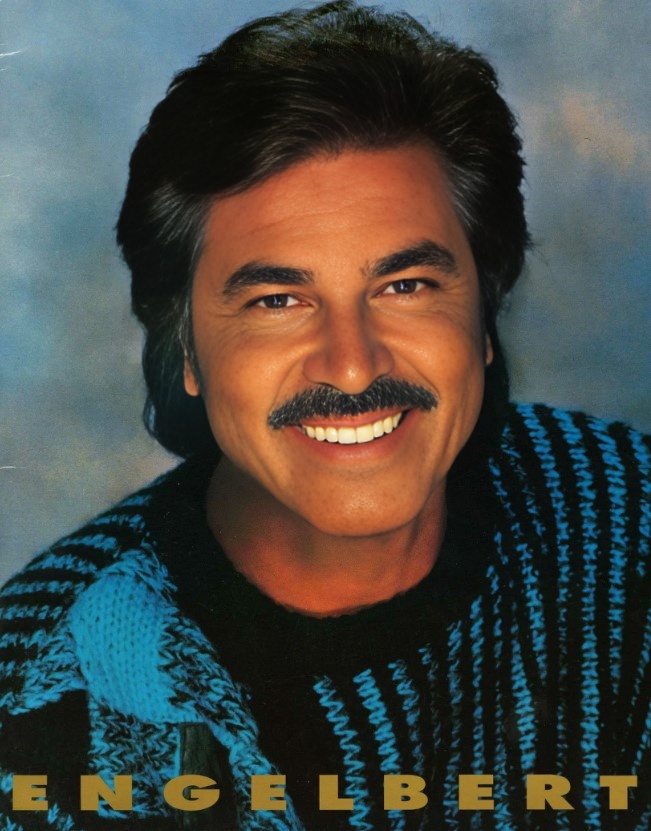
Engelbert Humperdinck’s “Spanish Eyes,” released in 1968, is a timeless classic that cemented his place as one of the leading balladeers of the era. Born Arnold Dorsey in India, Humperdinck adopted his stage name from the 19th-century German composer. He rose to prominence in the late 1960s, captivating audiences with his powerful voice and charismatic stage presence. While often unfairly categorized as simple easy listening, his skillful delivery and emotionally resonant performances garnered him a loyal following and multiple awards, including a Grammy Award nomination and several platinum records. “Spanish Eyes” became one of his signature songs, reaching the top of various music charts around the world and selling millions of copies.
The song itself, though originally titled “Moon Over Naples,” was re-imagined with lyrics evoking the passionate and alluring imagery of Spanish eyes. It’s a romantic ballad about a man captivated by the gaze of a woman, a gaze that holds a deep, unspoken promise of love and longing. The lyrics paint a picture of a captivating beauty who enthralls the narrator, leaving him completely under her spell. The melody, already poignant, combined with Humperdinck’s emotive delivery, perfectly captures the feeling of infatuation and yearning.
“Spanish Eyes” resonated deeply with audiences worldwide. Its romantic themes and Humperdinck’s powerful vocals made it a staple at weddings, proms, and other celebrations of love. While some critics dismissed it as overly sentimental, the public embraced its accessibility and emotional sincerity. Even today, “Spanish Eyes” continues to be a beloved classic, demonstrating the enduring power of a beautifully crafted ballad delivered with genuine passion and heartfelt emotion. It is a testament to Humperdinck’s talent and a reminder of the timeless appeal of romantic music.